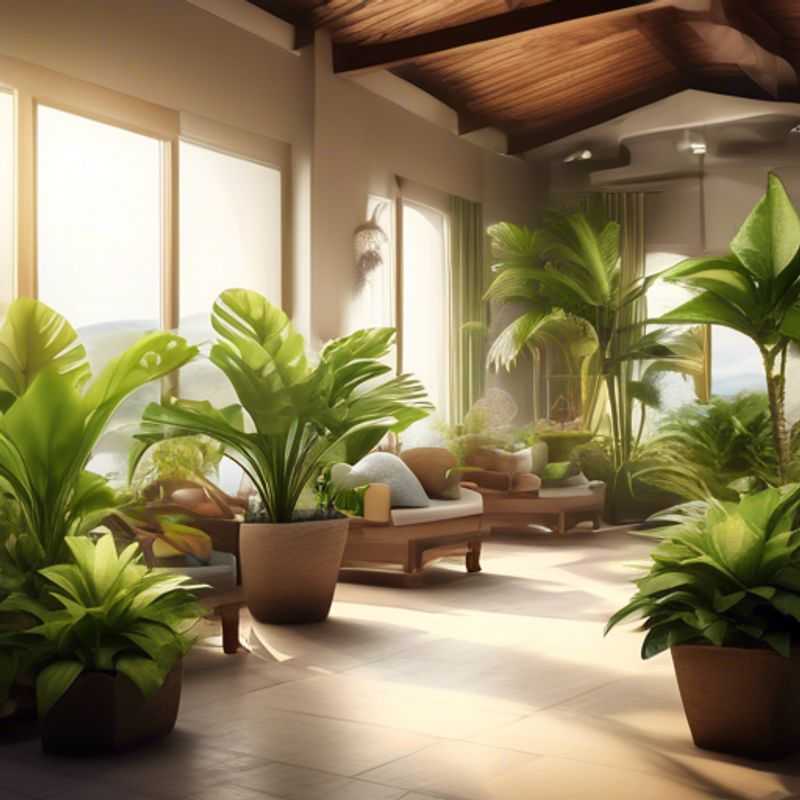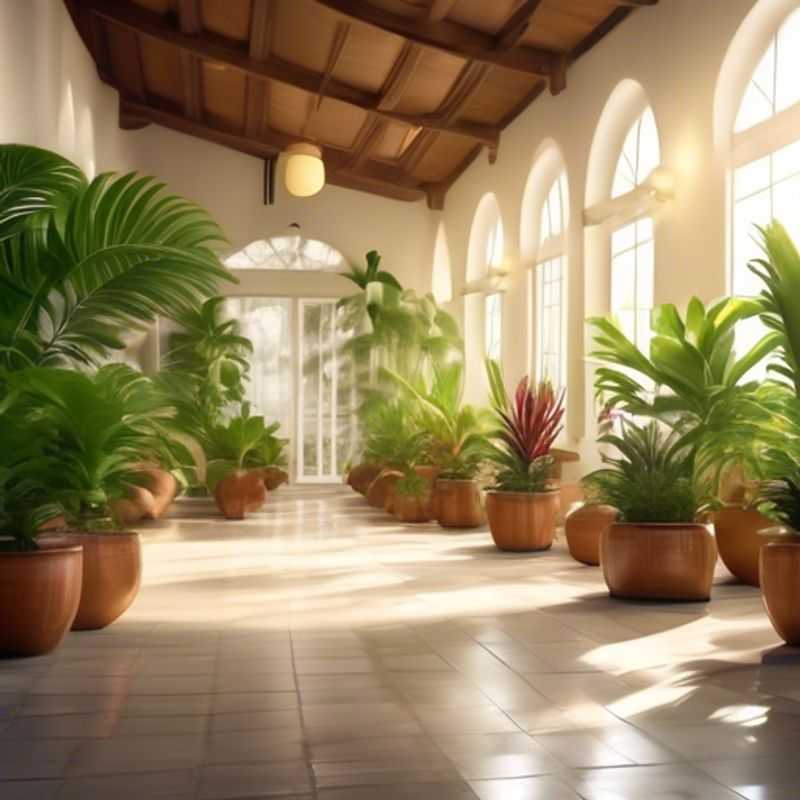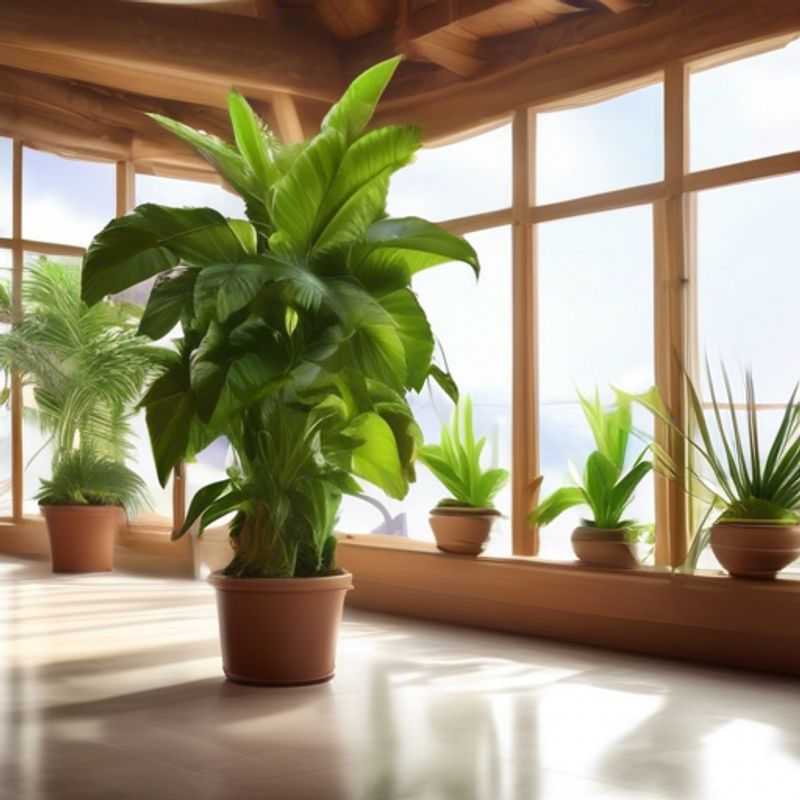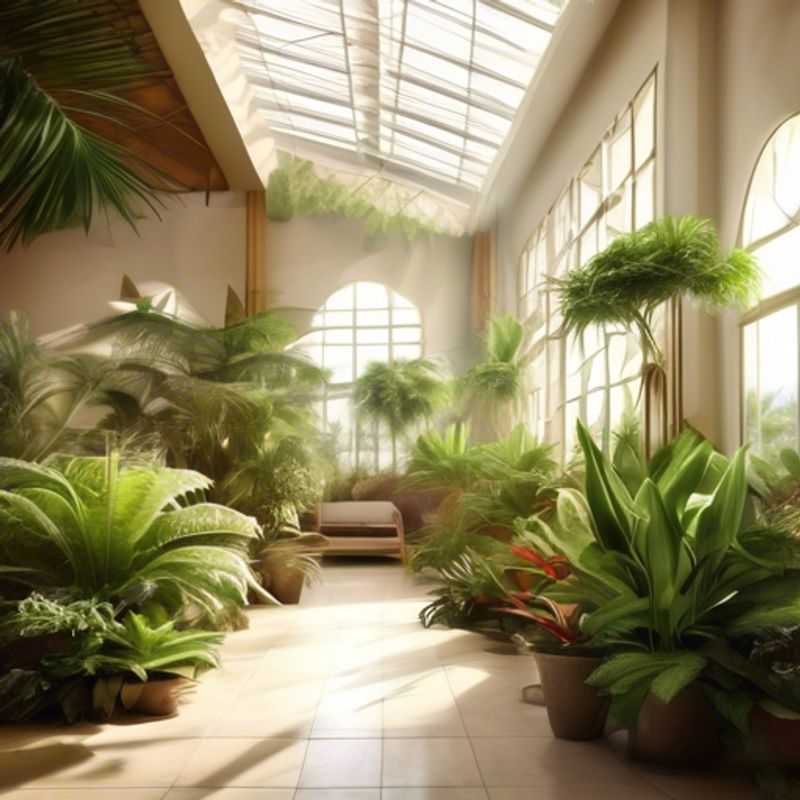7 Tips to Know Before Buying Good Indoor Plants

7 Tips for Indoor Plant Success: Research Needs, Consider Space, Check for Pests, Understand Care, Choose a Plant That Fits Your Lifestyle, Inspect Thoroughly, Learn Growth Habits
Bringing a little greenery indoors is a fantastic way to brighten up your home and improve your well-being. But before you head to the plant shop, it’s important to do your research and choose plants that are the right fit for your space and lifestyle. Here are seven essential things to consider before bringing home your next indoor plant:
1. Research the specific plant's light, water, and soil requirements.

Know Your Plants: Light, Water, and Soil Requirements for Thriving Greenery
Before you even think about planting, it's vital to understand your plant's needs. Light, water, and soil are the fundamental building blocks for a thriving garden. Researching these specific requirements for your chosen plants is crucial for success.
Light: Determine if your plant needs full sun, partial shade, or shade. Consider the location you're planting in and how much sunlight it receives throughout the day. If you're unsure, a simple online search can quickly provide the information you need.
Water: Knowing how much water your plants need is key. Some plants prefer moist soil, while others thrive in well-drained conditions. Overwatering can be just as harmful as underwatering, so finding the right balance is essential.
Soil: Soil composition greatly impacts plant growth. Different plants have different soil preferences. Some prefer acidic soil, while others need alkaline soil. You can test your soil's pH using a home testing kit available at most garden centers.
Once you understand your plant's needs, you can tailor your planting strategy to optimize their chances of thriving. Remember, every plant is unique, and a little research goes a long way towards creating a beautiful and bountiful garden.

Plant Size Matters: Choosing the Right Fit for Your Home
When deciding to bring a plant home, it's crucial to consider the size of the plant and your available space. Don't underestimate growth! Plants, especially indoor ones, can grow significantly, potentially exceeding your expectations and your space. A small, adorable seedling might become a towering giant in a few years.
Measure twice, plant once. Before bringing a plant home, measure the space where you intend to place it. Consider the plant's mature size, its eventual height, and the width of its canopy. Imagine how it will fit in the room and how it will interact with other furniture and decor.
Take into account the plant's growth habits. Some plants prefer to spread horizontally, while others grow vertically. This understanding will help you select a suitable location and ensure the plant thrives.
Don't forget the pot. The pot's size influences the plant's development. A small pot can restrict root growth and lead to stunted development. Choosing the right pot size is essential for the plant's long-term health and can prevent repotting too frequently.

Plant Shopping: Keep an Eye Out for Pests and Diseases
Purchasing a plant can be exciting, but it's crucial to inspect it for signs of pests or diseases to ensure you're bringing a healthy addition to your home. Look closely at the leaves, stems, and soil.
Common signs of pests include:
Tiny holes or webbing on leaves: These can indicate spider mites, caterpillars, or other insects.
Sticky residue or white fluff: This could be a sign of aphids, mealybugs, or scale.
Black spots or discoloration: These could indicate fungal infections.
Signs of diseases:
Yellowing or wilting leaves: Could indicate overwatering, underwatering, or root rot.
Brown or black spots on leaves: Could be a sign of bacterial or fungal diseases.
Wilted or drooping stems: Could indicate root problems.
If you see any of these signs, it's best to avoid purchasing the plant. You can ask the seller for information about their pest control practices or for another, healthier plant.

Know Your Plants, Know Their Needs: A Guide to Successful Plant Care
Understanding your plant’s needs is crucial for its thriving. Light, water, humidity, and fertilizer are essential factors to consider. Each plant species has specific requirements.
Light: Plants require a specific amount of light. Observe the plant's leaves – healthy leaves are a good indicator. If leaves are pale or stretching, they may need more light.
Water: Overwatering or underwatering can harm plants. Check the soil moisture before watering – let the top layer of soil dry out between waterings.
Humidity: Some plants thrive in humid environments. Using a humidifier or grouping plants together can increase humidity.
Fertilizer: Plants need nutrients for growth. Fertilize your plants during their growing season, but avoid over-fertilizing, which can harm roots.
Additional Tips: Clean your plants regularly to remove dust, and repot them if they outgrow their pots. Regularly check for pests and diseases, addressing any issues promptly.

Choosing the Right Plant for Your Lifestyle: A Beginner's Guide
Choosing the right plant for your home can be exciting but overwhelming. Don't worry, we'll help you make the right choice! First, consider your lifestyle. Are you a busy person who travels often or someone who enjoys tending to plants daily? If you're a beginner, start with easy-care plants like succulents or snake plants, known for their resilience.
Second, consider your environment. How much natural light does your space receive? Some plants thrive in bright light, while others prefer shade. Knowing your space's light conditions helps narrow down your choices.
Third, think about your goals. Do you want a plant that purifies the air, adds color, or simply brings life to your space? Understanding your intentions will guide your plant selection.
Finally, don't be afraid to experiment! There are tons of resources online and at local nurseries to help you learn more about different plants. Once you understand your lifestyle, environment, and goals, you'll be well on your way to finding the perfect plant companion!

Don't Get Caught in a Potted Mess: How to Inspect Plants Before You Buy
Before purchasing a plant, carefully inspect it for signs of disease, pests, or damage. This ensures you bring home a healthy plant that will thrive. Here’s what to look for:
Leaves: Check for any discoloration, spots, holes, or wilting. Look for pests like aphids, spider mites, or mealybugs. Inspect the underside of the leaves as well.
Stems: Examine the stems for any damage, discoloration, or signs of pests.
Soil: Check the soil for any signs of mold, fungus, or pests. If the soil is too wet or too dry, this could be a sign of a problem.
Overall Appearance: Look for any other signs of stress or disease. If the plant looks limp, droopy, or unhealthy, it might be best to choose a different one.
Potting: Make sure the pot is the right size for the plant. The pot should have drainage holes to prevent waterlogging. You can also check if the pot has any cracks or chips.
Overall, take your time and be observant. Don't be afraid to ask the store staff for help.

Planting with Confidence: Understanding Plant Growth Habits and Mature Size
Understanding a plant's growth habits and mature size is crucial for successful gardening. Knowing how tall a plant will grow and how much space it needs is important for planning your garden layout.
Growth habits refer to how a plant develops, for example, whether it grows upright, spreads out, or trails. Growth habits will also affect how you prune and train your plant.
Mature size describes the maximum height and width a plant will reach under ideal conditions. This helps you choose plants that will fit the available space and avoid overcrowding.
You can find information on a plant's growth habits and mature size by:
* Checking plant tags or seed packets
* Consulting gardening books or online resources
* Asking a knowledgeable gardener or nursery staff
Remember that mature size can be affected by factors like soil quality, sunlight exposure, and climate. It's always best to err on the side of caution and choose plants that will have room to grow.
